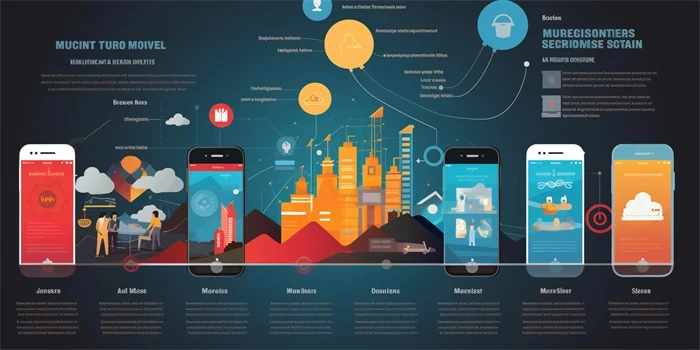YouTube, the popular video-sharing platform, has revolutionized the way we consume and share content online. With billions of users and millions of videos uploaded every day, YouTube has become a significant player in the digital advertising industry. But have you ever wondered where YouTube actually makes its money? In this article, we will explore the various revenue streams of YouTube and delve into the key factors that contribute to its financial success.

1. Advertising Revenue
One of the primary sources of income for YouTube is through advertising. The platform offers various advertising formats, including pre-roll ads, display ads, and sponsored videos. Advertisers pay YouTube to display their ads before or during videos, and the revenue generated from these ads is shared between YouTube and content creators.
YouTube uses a sophisticated algorithm to target users with relevant ads based on their viewing habits and interests, making it an attractive platform for advertisers to reach their target audience effectively.
2. YouTube Premium
YouTube Premium, a subscription-based service, provides users with an ad-free experience and additional features such as background play and offline viewing. Subscribers pay a monthly fee to access these benefits, and YouTube receives a portion of this revenue.
The revenue generated from YouTube Premium helps support the platform and enables it to invest in new features and content creators.
3. YouTube Channel Memberships
In addition to YouTube Premium, content creators have the option to offer channel memberships to their viewers. This feature allows viewers to become members of a channel by paying a monthly fee, in return for exclusive perks such as badges, emojis, and access to members-only content.
YouTube takes a percentage of this membership fee as revenue, while the rest goes to the content creator.
4. Super Chat and Super Stickers
Super Chat and Super Stickers are features that enable viewers to purchase virtual goods during live chats and premieres. By paying a fee, viewers get their messages or stickers highlighted, ensuring that their message stands out in the chat stream.
YouTube collects a portion of the revenue generated from these purchases and shares the rest with the content creator.
5. YouTube Red Originals
YouTube Red, a now-rebranded service as YouTube Premium, used to produce original content that was exclusively available to subscribers. YouTube invested in creating high-quality shows and movies to attract users to subscribe to its premium service.
The revenue generated from subscriptions to access this exclusive content contributed to YouTube’s overall revenue stream.
6. Merchandise Shelf
YouTube provides content creators with the option to showcase merchandise directly on their channel through the merchandise shelf feature. This enables creators to sell their branded merchandise, such as t-shirts, hats, and other products, to their viewers.
YouTube takes a small percentage of the revenue generated from merchandise sales as a transaction fee.
7. YouTube Partner Program
The YouTube Partner Program allows content creators to monetize their videos by displaying ads and participating in revenue sharing. Once creators meet certain eligibility criteria, such as reaching a minimum number of subscribers and watch hours, they can join the program and start earning money through ad revenue.
YouTube shares a portion of its advertising revenue with content creators who are part of the Partner Program.
8. Content Sponsorships and Brand Deals
From product placements to endorsements, content creators on YouTube often collaborate with brands for sponsored content. These brand partnerships can be highly lucrative for both the content creator and YouTube.
YouTube benefits from increased advertising revenue as brands invest in sponsored content to reach the platform’s vast user base.
9. YouTube Music and YouTube TV
YouTube offers paid subscription services, such as YouTube Music and YouTube TV, that provide users with access to ad-free music streaming and live TV channels, respectively.
The revenue generated from these subscription services adds to YouTube’s overall financial success.
10. Licensing and Content ID
YouTube’s Content ID system allows copyright owners to track and manage their content on the platform. Through licensing agreements and partnerships with content creators, YouTube is able to earn revenue from the use of copyrighted material.
This revenue stream not only benefits YouTube but also supports artists and content creators by providing them with the appropriate rights and compensation for their content.
Overall, YouTube’s diverse revenue streams, including advertising, premium memberships, channel memberships, and content sponsorships, contribute to its financial success. The platform continues to innovate and explore new ways to monetize its vast user base while providing opportunities for content creators to earn revenue and thrive.
References:
1. Google. (2021). Advertising on YouTube. Retrieved from https://support.google.com/google-ads/answer/6241444
2. YouTube. (2021). YouTube Premium. Retrieved from https://www.youtube.com/premium
3. YouTube. (2021). Channel Memberships. Retrieved from https://support.google.com/youtube/answer/7544492
Author: [Your Name]
Image: [Description of the Original Image]








